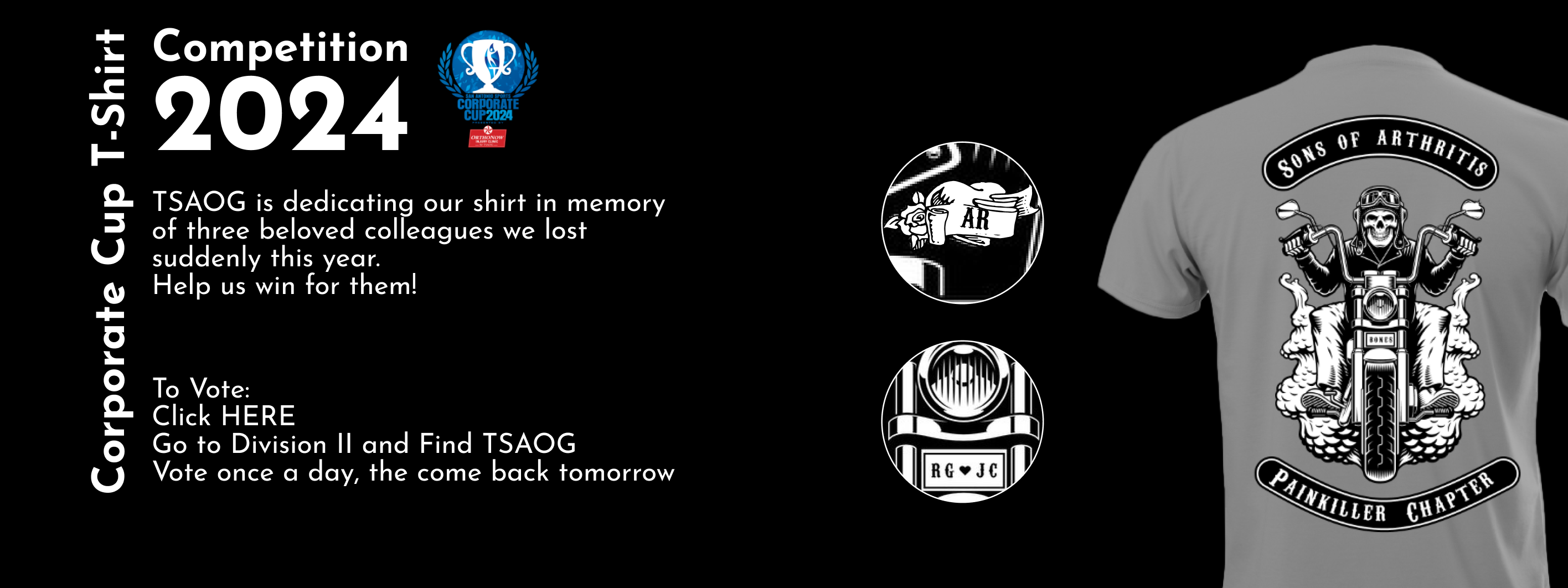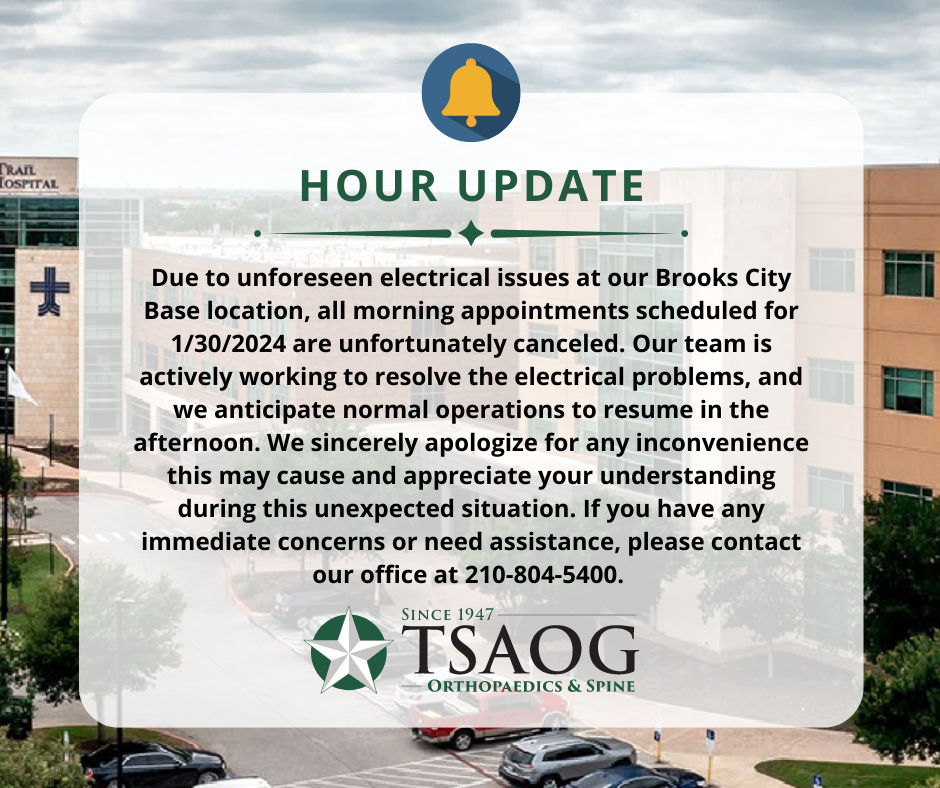The clavicle, also known as the collarbone, is a frequently injured bone (up to 10% of all adult fractures). Most of the time it is fractured (broken) when someone falls onto the outside part of their shoulder and the force is transmitted to the weakest part of the bone (which is the middle section). Common causes of collarbone injury include:
- Football tackles, with the opposing player tackling an individual who then falls with the extra weight onto the shoulder
- Falls while riding a bike
- Falls onto the shoulder while skiing
- Direct trauma such as getting hit with a lacrosse stick, a hockey stick, baseball or heavy object.
The collarbone can fracture in a variety of locations including the part closest to the chest wall, the middle portion, or the part closest to the outside shoulder. We can often treat clavicle fractures without surgery but in certain cases they do better with an operation. These cases include:
- Open fractures (aka compound fractures where the bone penetrates the skin and is exposed to the outside and is no longer sterile)
- Comminuted fractures (where the bone is broken into many pieces)
- Shortened fractures greater than 2 cm
- Grossly displaced fractures (where the ends of the bones are far apart)
Some collarbone fractures encompass more than one of the situations listed above. The less common fractures of the clavicle (those closer to the shoulder area) are more prone to not healing and need to be monitored closely. Many different ways exist to fix these broken clavicles. There are intramedullary devices that are placed into the canal of the clavicle. They do not seem to work very well in cases where there are multiple fracture fragments (pieces of bone). The most common way to surgically repair a clavicle fracture is to use a metal plate with metal screws. The vast majority of time the hardware remains in place and does not need to come out. However, there are instances when it is recommended to remove the hardware.
Treating a clavicle fracture non-operatively can be the treatment of choice for many fractures. However, there are some complications seen with this such as:
- Nonunion (the bone does not heal), with rates reported as high as 24%
- Symptomatic malunions (the bone does not heal correctly and is symptomatic), with rates reported as high as 10%
- Decreased shoulder function due to abnormal biomechanics of a now non-anatomic clavicle
As with any operation there are risks to surgically correct a clavicle fracture as well. Examples are:
- Infection
- Symptomatic hardware (the plate and screws are easily felt and painful) which can be more common in women as they wear the purse over the clavicle and it can be irritable to the underlying skin/tissue between the plate and the purse
- Risks of anesthesia
All of the possible risks have a low chance of occurring but something to be aware of when discussing the treatment options with your orthopaedic surgeon.
Dr. Christian Balldin is an orthopaedic surgeon, fellowship trained in sports medicine, with The San Antonio Orthopaedic Group. He treats patients aged 3 years and up for all orthopaedic conditions with the exception of the spine. To learn more about Dr. Balldin, visit his web page here. To schedule an appointment with Dr. Balldin, call 210.281.9595.














